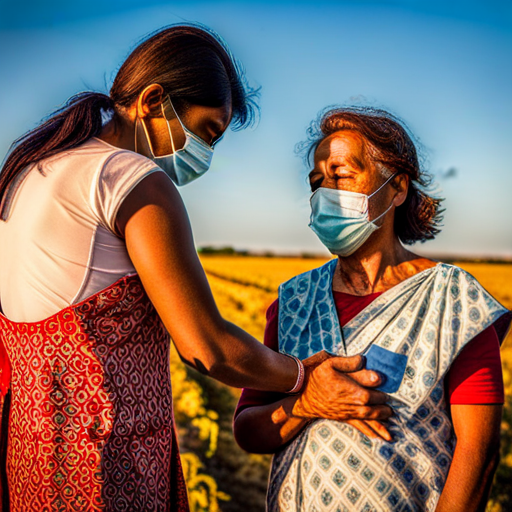- Home
- About Us
- Editorial Board
- Online Submissions
- Current Issue
- Archive
- Special Issue
- Author Desk
- Contact US
Recent Posts
Copyright © Journal of Rangpur Medical College, All Rights Reserved & Powered By NSM Limited
Willingness and Perception About COVID-19 Vaccine Among Rural Adults

Md Shahriar Morshed
Assistant Professor, Department of Community Medicine, Rangpur Medical College, Rangpur
Munira Begum
Assistant Professor, Department of Community Medicine, Rangpur Medical College, Rangpur
SM Rowshan Alam
Assistant Professor, Department of Community Medicine, Rangpur Medical College, Rangpur
Most Masuma Islam Nisa
Medical Officer, Department of Surgery, Prime Medical College, Rangpur
Md Abdul Baset
Senior Consultant(Medicine), Sadar Hospital, Lalmonirhat
Md Qumrul Hasan
Associate Professor, Department of Endocrinology, Rangpur Medical College
DOI:https://doi.org/10.3329/jrpmc.v8i2.69371
Keywords:COVID-19 Vaccine, Willingness, Perception
Abstract
Introduction: The most successful and cost-effective method of preventing the spread of COVID-19 infection is vaccination. But there are challenges to vaccinating the mass population in a developing country like Bangladesh. This survey aimed to assess the willingness to receive and perception of COVID-19 vaccines and the association of this willingness with the baseline characteristics and the level of perception of the respondents.
Method: This cross-sectional study was conducted among 672 rural people from six villages of Palashbari Upazilla, Gaibabdha district. A convenient sampling technique was used and data were collected by face-to-face interview.
Result: Almost two third of the respondents of this study were _30 years old and the average age of respondents was 37.43±17.13 years. Majorities of the respondents were female (54.6%). About 89.1% of the respondents in this study were willing to be vaccinated and the main reason for this willingness includes respondents’ belief about the vaccine protection against COVID-19 (91.8%) reduced the fear of the respondents (60.6%), government suggestion (45.1%). The main reasons behind unwillingness included fear of side effects (71.8%), doubt about vaccine safety and efficacy (46.5%), and ignorance (59.2%). Regarding perception about the COVID-19 vaccine, more than half of the respondents (51.2%) had good perception whereas 29.8% had average perception and 19.0% of respondents had poor perception. In this study, females were significantly more willing to be vaccinated than male respondents (p=0.027). Respondents age group <30 years were significantly more willing to vaccinate than that of the age group _30 years (p=0.042). Respondents not having chronic diseases group significantly more inclined to vaccinate than that having chronic diseases (p<0.001). A good level of perception was more likely to have willingness than average or poor perception (p<0.001).
Conclusion: The findings of this study reveal that despite the high prevalence of willingness to receive vaccines, still there were the challenges. Policymakers should design effective immunization policies and experts in media and communication should deliver the proper message that is understandable to everyone, especially illiterate rural people.
J Rang Med Col. September 2023; Vol. 8, No. 2: 34-39
Please wait while flipbook is loading. For more related info, FAQs and issues please refer to DearFlip WordPress Flipbook Plugin Help documentation.



Leave a comment